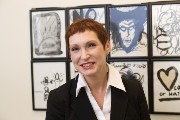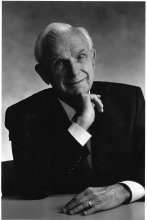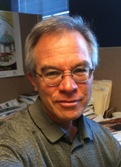
Paul Tyler
This summer has brought the Arts Council of Metropolitan Kansas City an unusual opportunity.
With the timing of the results from two major research projects, the Arts & Economic Prosperity IV (AEP IV) and the Local Arts Index (LAI) results, we have a complex and impressive overview of the arts ecology in Kansas City, one that’s never been seen before.
So, we’ve decided to host our first press conference in years. The event will include not just the highlights of the AEP IV figures, but also some of the key findings and takeaways from our Local Arts Index reports, all at the same time. This is without a doubt a big challenge, when you consider there’s so much information to cover.
The Kansas City metropolitan area sprawls over two states, five counties, and multiple cities, townships, and municipalities—I’ve heard that there are 117 different political jurisdictions here. We have five different LAI reports, one for each of the counties in our service area. That’s over 750 pages of detailed charts, graphs, and copy!
Then there’s also a regional report that combines all of the separate data into one unified look at the whole community, which also has some fascinating elements that are noteworthy. It’s humbling to realize that we can barely skim the surface of the information during a single event.
But the sheer volume of data now available is part of what drove the decision to take this approach. The two reports taken together provide the most complete and finely detailed study of the Kansas City arts community ever created. Breaking the data down into smaller segments would be easier, but it’s vital to get all of this information into the public sphere sooner rather than later. We’re in the beginning stages of regional community cultural planning, and waiting until the fall to release a second major study would slow our timetable for this considerably.
Read More
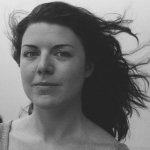





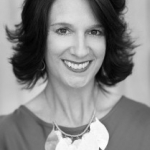
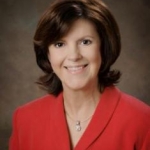

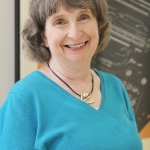
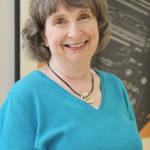

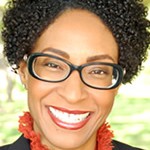


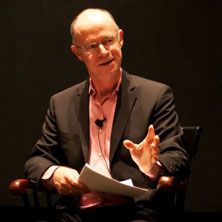
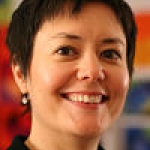
 Pam Rubert
Pam Rubert
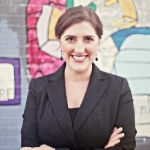
 Leah Hamilton
Leah Hamilton



